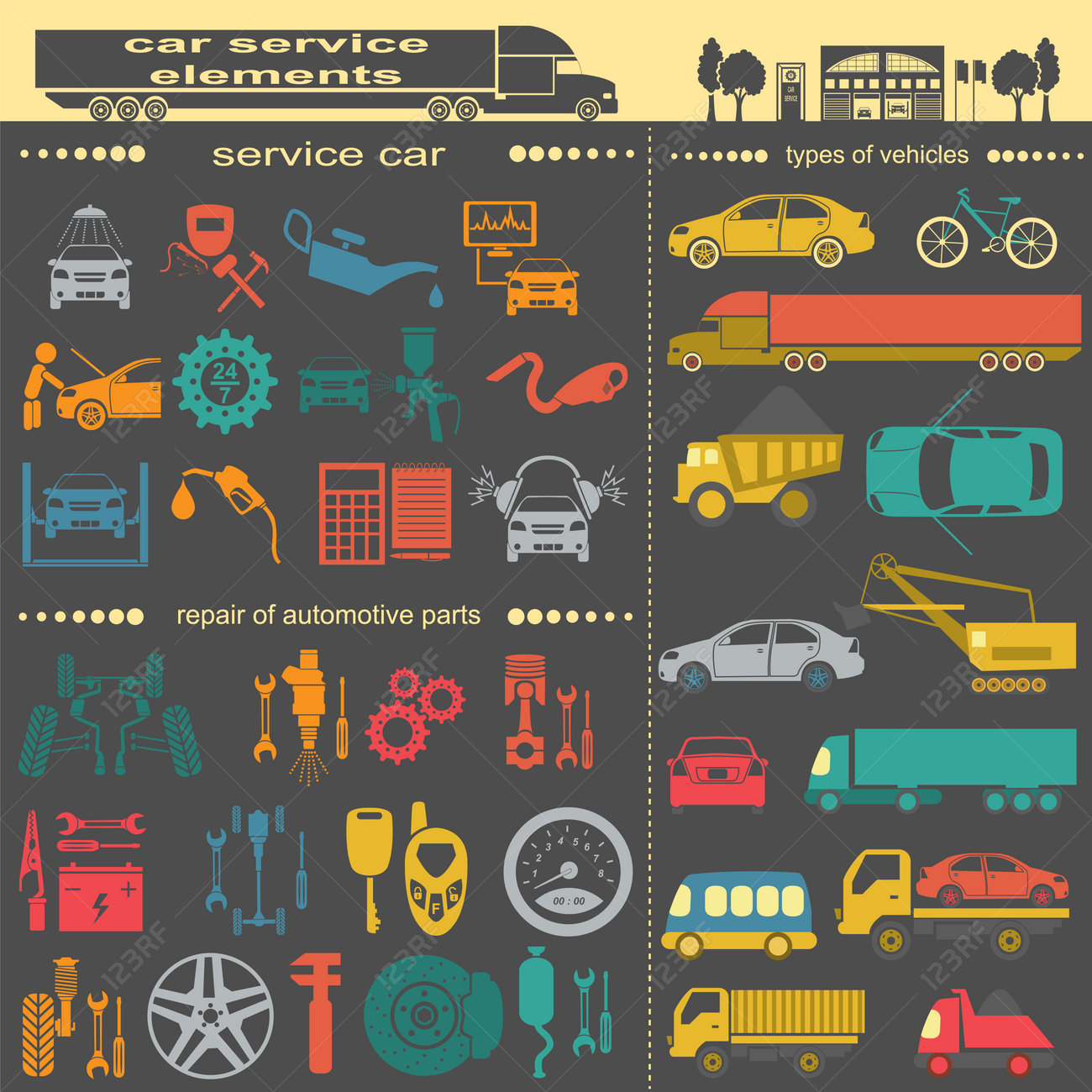Interpreting Your Vehicle'S Alert Lighting: Their Real Effects
Interpreting Your Vehicle'S Alert Lighting: Their Real Effects
Blog Article
Material Develop By-Sykes Gilbert
When you're behind the wheel, those glowing warning lights on your control panel can be a little bit perplexing. Do you know what they're trying to tell you concerning your auto's health? Recognizing the value of these lights is crucial for your safety and security and the durability of your vehicle. So, the next time one of those lights pops up, would not you want to analyze its message properly and take the needed steps to address it?
Common Warning Lighting and Interpretations
Determine common caution lights in your cars and truck and understand their significances to ensure secure driving.
https://brakeservicenearme28405.is-blog.com/38529644/mobile-cars-and-truck-outlining-convenience-satisfies-high-quality-for-your-lorry of the most common caution lights include the check engine light, which signifies issues with the engine or exhausts system. If https://rylanjeauo.blog2news.com/32702774/just-how-mobile-vehicle-describing-providers-can-conserve-you-time-and-money begins, it's critical to have your lorry checked without delay.
The oil pressure advising light shows low oil pressure, requiring prompt attention to stop engine damage.
A blinking battery light might suggest a defective billing system, potentially leaving you stranded otherwise dealt with.
The tire stress tracking system (TPMS) light signals you to low tire pressure, impacting automobile stability and fuel effectiveness. Ignoring https://www.timesfreepress.com/news/business/aroundregion/story/2022/jan/24/auparts-short-supply-chattanoogareamid-pandem/562065/ could cause risky driving conditions.
The abdominal light shows a trouble with the anti-lock stopping system, jeopardizing your capacity to quit rapidly in emergencies.
Lastly, https://brake-repair-near-me62739.blogginaway.com/32709237/just-how-to-select-the-right-automobile-explaining-service-for-your-requirements alerting light warns of engine getting too hot, which can result in serious damage if not fixed swiftly.
Understanding these common warning lights will assist you attend to concerns promptly and maintain safe driving problems.
Importance of Prompt Attention
Comprehending the common warning lights in your car is just the primary step; the value of promptly addressing these warnings can't be stressed enough to guarantee your safety on the road.
When a warning light illuminates on your dashboard, it's your car's way of interacting a prospective problem that requires attention. Overlooking these cautions can bring about a lot more extreme issues in the future, compromising your safety and security and potentially costing you much more in repairs.
Trigger interest to warning lights can prevent failures and accidents. As an example, a flashing check engine light could indicate a misfire that, if left neglected, might cause damages to the catalytic converter. Addressing this promptly can conserve you from a pricey repair.
Likewise, a brake system advising light may signify low brake liquid or used brake pads, critical parts for your safety and security when driving.
Do It Yourself Troubleshooting Tips
If you observe a caution light on your dashboard, there are a couple of DIY repairing tips you can attempt before seeking professional aid.
The first step is to consult your automobile's handbook to comprehend what the certain warning light suggests. Often the problem can be as simple as a loosened gas cap causing the check engine light. Tightening the gas cap may settle the trouble.
An additional common concern is a reduced battery, which can trigger various warning lights. Examining the battery connections for deterioration and guaranteeing they're protected could repair the problem.
If a warning light persists, you can attempt resetting it by separating the car's battery for a couple of mins and afterwards reconnecting it. Furthermore, checking your car's fluid degrees, such as oil, coolant, and brake liquid, can assist fix warning lights associated with these systems.
Conclusion
In conclusion, understanding your auto's warning lights is crucial for keeping your vehicle running smoothly and securely. By without delay resolving these alerts and understanding what they imply, you can prevent expensive repair services and potential failures.
Keep in mind to consult your vehicle's guidebook for particular details on each cautioning light and do something about it appropriately to make certain a hassle-free driving experience.
Stay educated, remain secure when traveling!
